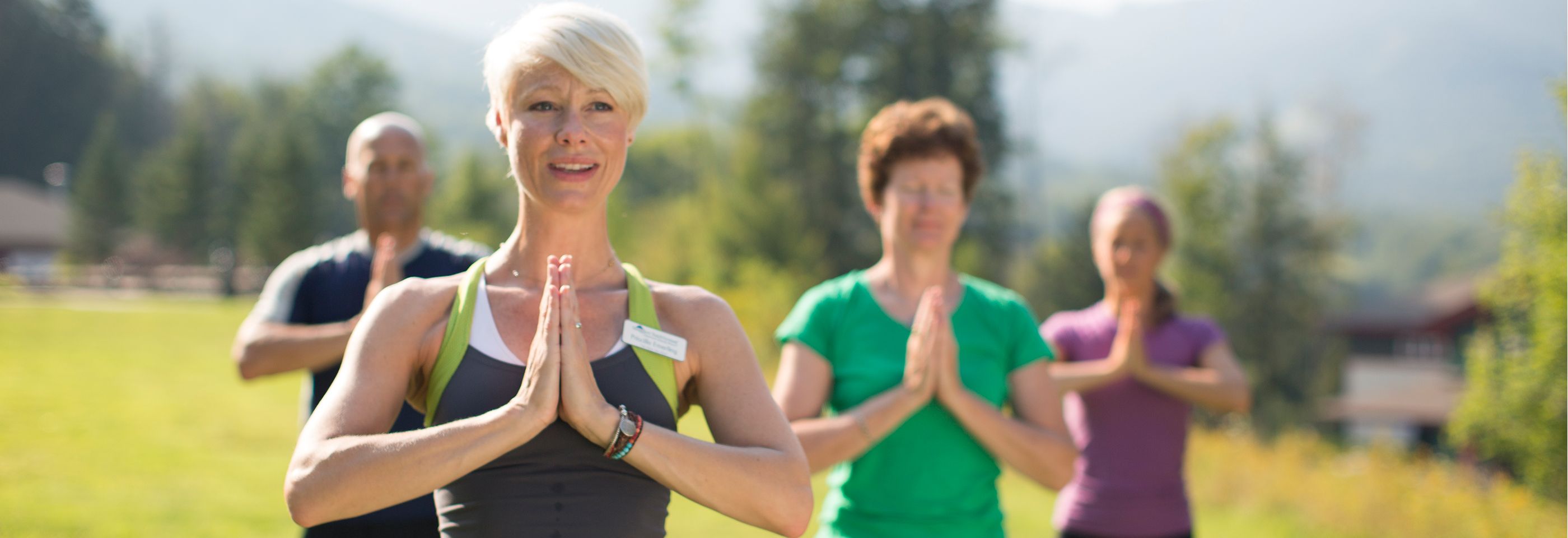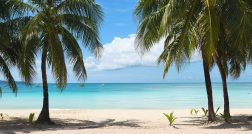Wellness Outside the Spa
Resorts don’t need dedicated facilities to tap into a tourism sector that will grow up to $808 billion by 2020.
Wellness tourism is projected to grow into a market worth $808 billion by 2020, a more than 30 percent increase from 2015, according to the Global Wellness Institute. That’s good news for resorts with extensive spa and fitness amenities—but there are also plenty of ways properties without specialized facilities can attract health-focused travelers.
“What’s driving wellness travel across all generations is a change in consumer habits,” says Mia Kyricos, president of Kyricos & Associates LLC, a strategic advisory firm for wellness, travel and hospitality companies. “[Consumers] want to maintain the healthy habits they developed at home while on the road.”
This trend in wellness travel reflects how people are approaching health in their daily lives. The $3.7 trillion global wellness market is no longer powered mainly by workout buffs and diet devotees and has expanded as more and more people make health and fitness part of a well-rounded routine. Mike Chait, public relations director of Smugglers’ Notch Resort, in Jeffersonville, Vermont, has experienced this shift firsthand. “We see people signing up for wellness-based programs to add variety to their trips,” Chait says.
Travelers who include health among their objectives—in contrast to those who make it their primary motivation—are known as secondary wellness travelers. This group represents a considerable economic opportunity even for resorts that don’t have additional facilities. According to Kyricos, secondary wellness travelers offer a higher yield than standard vacationers because they’re willing to pay for added amenities that help them achieve better rest, eat healthier and stay active, among other things.
Although wellness travelers are willing to spend extra, resorts don’t need to make a substantial investment to please them. Kyricos notes that health programs shouldn’t be limited to spas or fitness centers. Instead she recommends reviewing all aspects of a guest’s stay with health in mind. Resorts can provide blackout curtains or earplugs and eye masks for a better night’s sleep, for example, and stock water in the fridge or provide a list of healthy food options.
Resorts should also consider the value of indoor and outdoor resources. “We have seen a growing interest from guests to reconnect with nature,” Chait says. Yoga classes at Smuggler’s Notch Resort have proven so popular that the property added a third weekly session. Fitness-focused owners can also sign up for herb walks, instruction on making herbal medicines, or for 90-minute to two-hour guided hikes on routes that change daily. In the winter, guests can join off-site dog-sled adventures and ice-fishing tours. Kyricos notes that with a little thoughtfulness and creativity, “every hotel within every segment of the marketplace has the opportunity to positively affect the wellness of today’s traveler.”
Image credit: Courtesy of Smuggler’s Notch Resort




